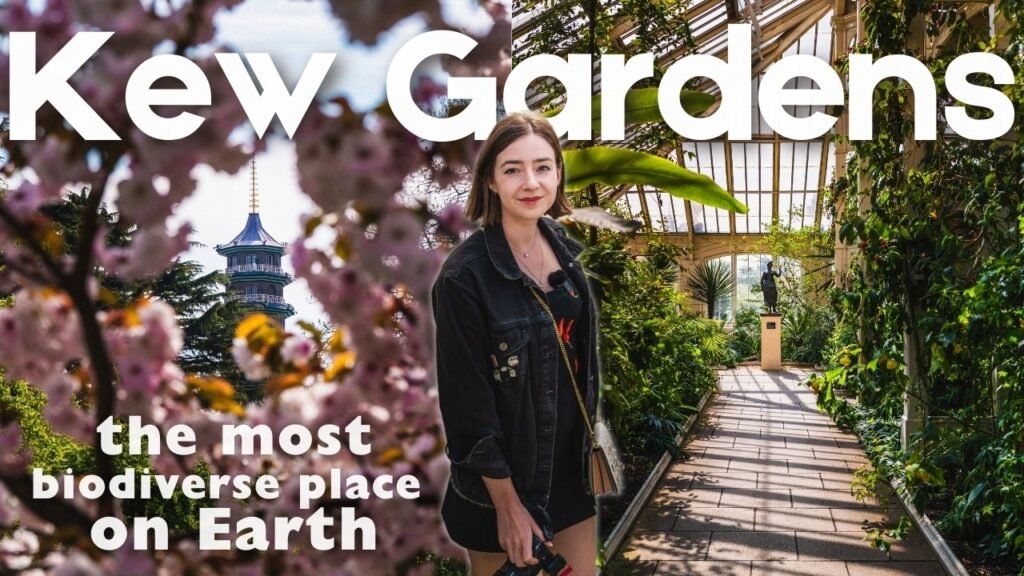Welcome to Kew Gardens
Welcome to Kew Gardens. This UNESCO World Heritage site is the biggest botanical garden in the world, covering some pretty nice gems, like the oldest surviving Victorian glasshouse, the smallest royal residence, and this particularly unique pagoda.
At the end of this article, we will show you the best things to do at Kew, including some tips to know before you go.
Inside the LARGEST Botanical GARDEN on Earth
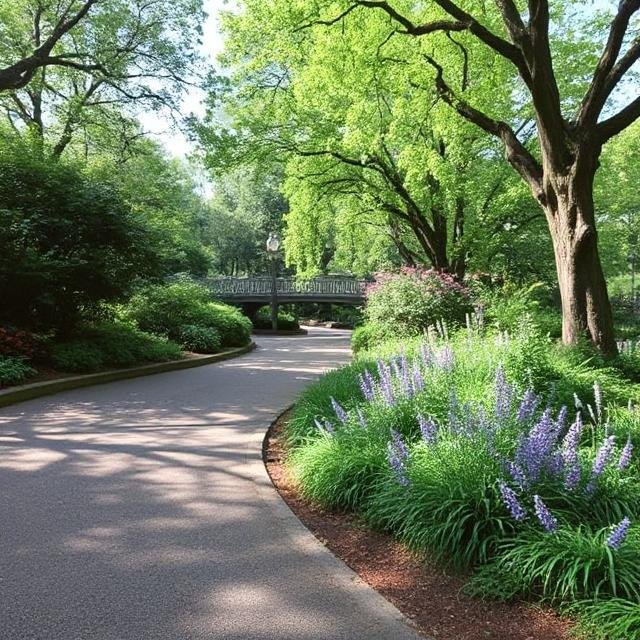
The gardens are around a 10-minute walk away from Kew Gardens Station. And once inside, you’re free to explore the grounds at your leisure. Handy maps and signs are all over the grounds, but I recommend picking up a little brochure at the entrance to help guide your visit.
The Temple of Bellona
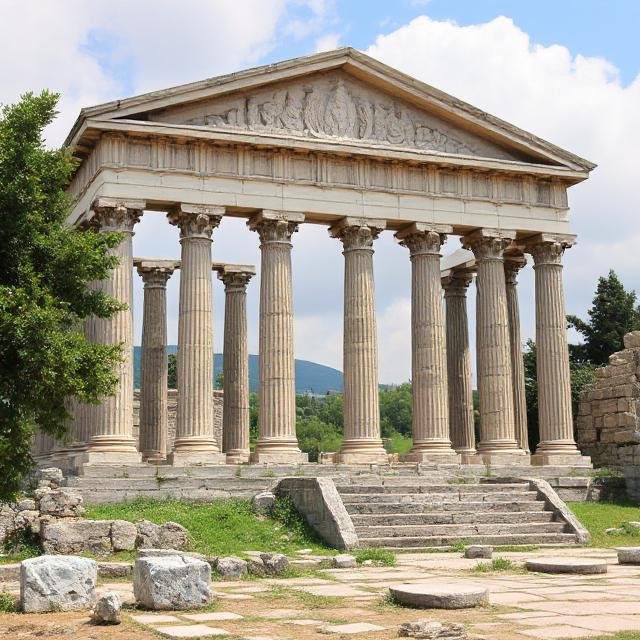
The Temple of Bellona dates back to the late 18th century, and rather interestingly, despite its stone appearance, it’s made of wood. It’s dedicated to the Roman god of war and is one of 20 such follies dotted around Kew Gardens.
Best Time to Visit
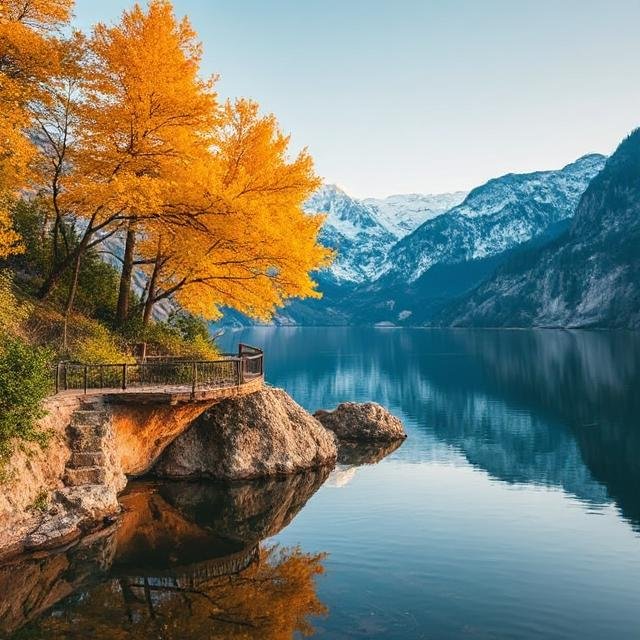
Winter isn’t the best time to visit Kew Gardens. Luckily, it’s spring, as you’ll probably be able to tell from all the beautiful blossoms. But if you come here, you can visit the winter garden, which showcases many plants that thrive in colder, harsher climates.
Unfortunately, there can be closures at short notice. However, there’s always more to see and do, so don’t worry too much about any closures during your visit.
Indoor Attractions: Marianne North Gallery
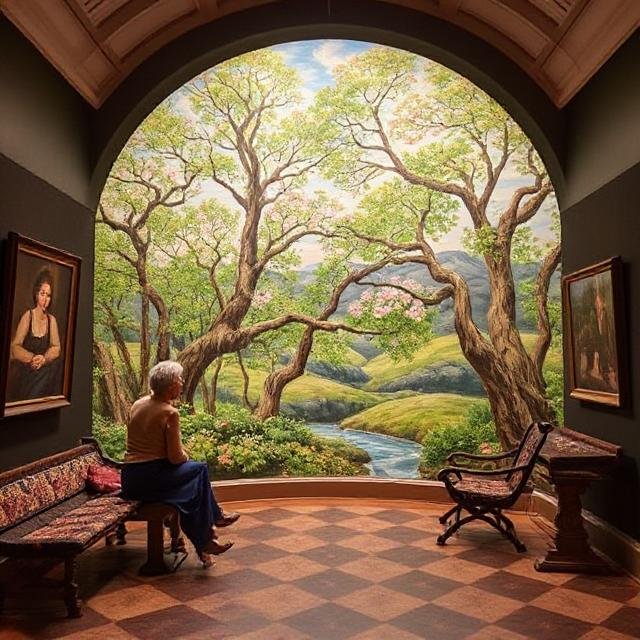
There are also many indoor spaces to explore. For example, the Marianne North Gallery contains several rooms with over 840 beautiful pictures illustrated by the Victorian explorer Marianne North.
The Temperate House
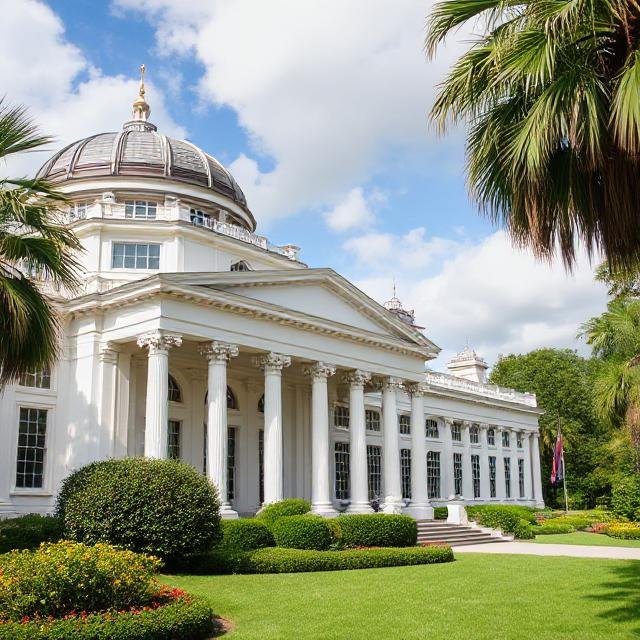
The Temperate Glass House is the oldest surviving Victorian glasshouse in the world. It is home to over 10,000 plants, including 1,500 individual species, many of which are endangered or extinct. The house was renovated from 2013 to 2018, and over 10,000 panes of glass were individually replaced.
I can’t get over how warm it is in here. I know it’s meant to be temperate, but it’s very hot. And there’s even a fantastic water feature.
The best thing about visiting this glasshouse is climbing the stairs and seeing ants from above. The biodiversity inside is truly astounding, and there are plants from as far away as St. Helena and Pitcairn Island.
The Great Pagoda
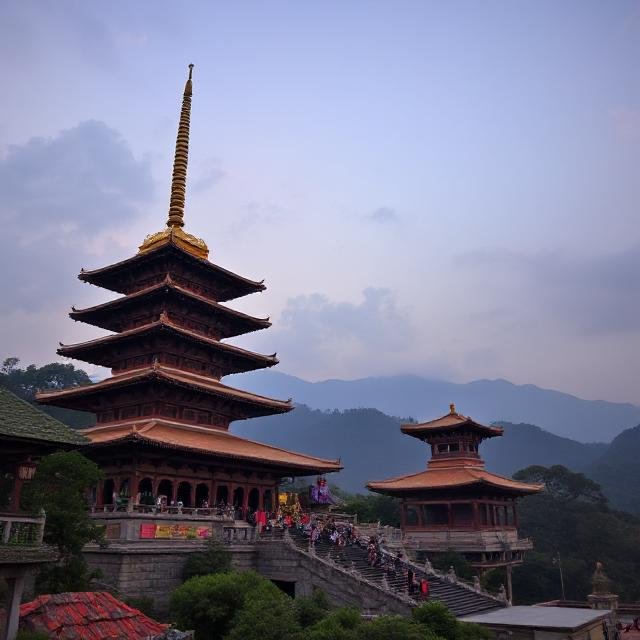
We will go to the Great Pagoda, which we have already seen.
The Great Pagoda, designed by William Chambers in 1762, is 10 stories high, or almost 50 m. It has 253 steps to the top, and 80 ornate dragons crown each octagonal roof.
You can go up the pagoda, but unfortunately, you must pay an extra £4.50 per person. Considering it costs £20 each to get into the garden, this looks pretty steep. We’ve got a lot of other things to do, so let’s go to our next destination.
Japanese Landscape & Queen Charlotte’srloh’ttageYou’ll
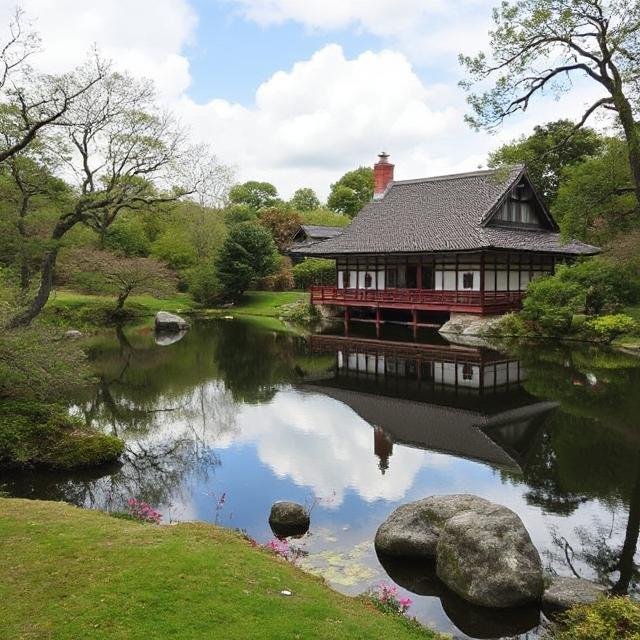
You’ll find a Japanese landscape and a beautiful gateway close to the pagoda. Unfortunately, the gateway is currently under renovation works, but the view onto the pagoda is charming, especially with the cherry blossoms.
Queen Charlotte’s castle was built around 1771 and was a favorite of King George III’s family. They came here for woodland, pictures, and relaxation—it was a bit of a countryside retreat.
Wildlife at Kew
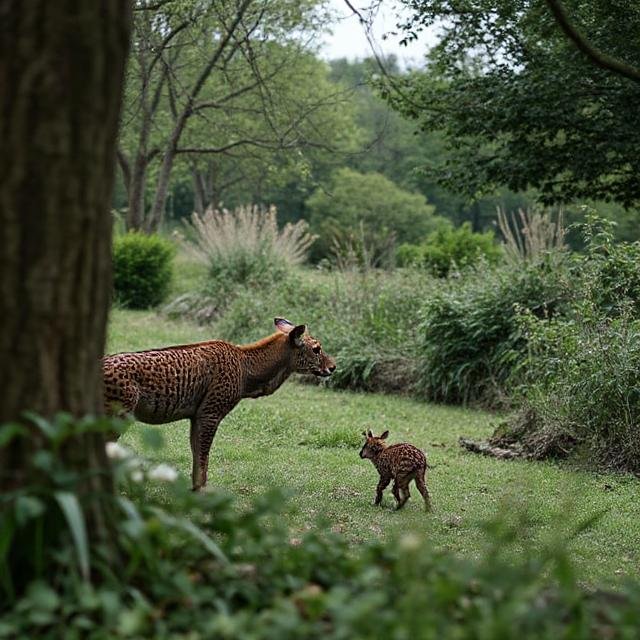
Aside from all the plants, a wide array of bird species exists here. I’m so surprised at the number of them. One bird that I was thrilled to see was a green woodpecker. These can often be found hopping around the lawns, searching for ants.
Scientific Research & Treetop Walkway
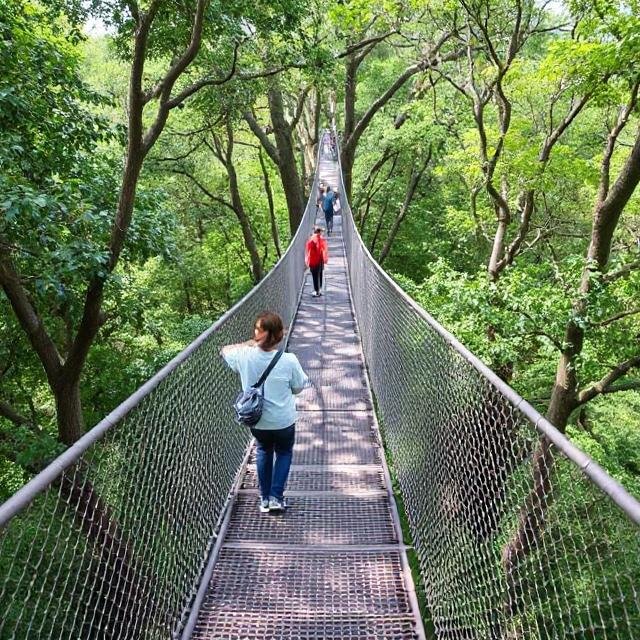
Kew Gardens consistently engages in cutting-edge scientific research, so it can be lovely to see what goes on behind the scenes, such as at the arboretum, when wandering through the garden.
The treetop walkway, designed in 2008, is 18 m above the ground. Hopefully, we’ll see some goodies from the top.
From up here, you can see all of the trees. However, it is a bit scary if you’re scared of trees.
The Iconic Palm House‘re
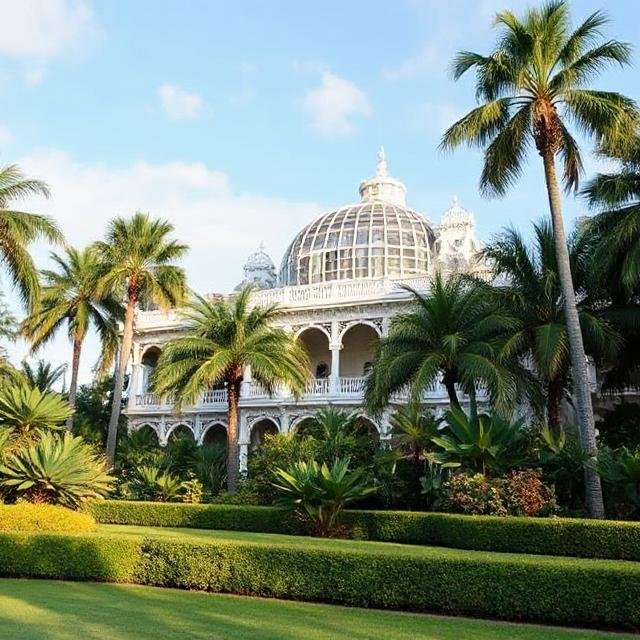
making our way to the house, which dates back to 1848. This is probably one of the most iconic places to visit at Kck to 184in
It’s aforestrIt’s aforestrIt’s aforestrIt’s aforestrIt’s aforestrIt’s aforestrIt’s aforestrIt’s aforestrIt’s aforestrIt’s aforestrIt’s aforestrIt ‘s aforestrIt’s aforestrIt’s aforestrIt’s aforestrIt’s aforestrIt’s aforestrIt’s aforestrIt’s aforestrIt’s aforestrIt’s aforestrIt’s aforestrIt’s aforestrIt’s aforestrIt’s aforestrIt’s aforestrIt’s aforestrIt’s aforestrIt’s aforestrIt’s aforestrIt’s aforestrIt’s aforestrIt’s aforestrIt’s aforestrIt’s aforestr
This palm house contains species from threatened environments worldwide, some of which are extinct in the wild.
This place is enormous. And I can’t believe how many tropical plants there are.
Supposeyou’ree curious whyou’re is referred to as a palm house,, not aglasshouseh glasshousese. In that case, palm houses are typically larger, specialized greenhouses that are usually heated to grow palms and other tropical plants.
The Water Lily House
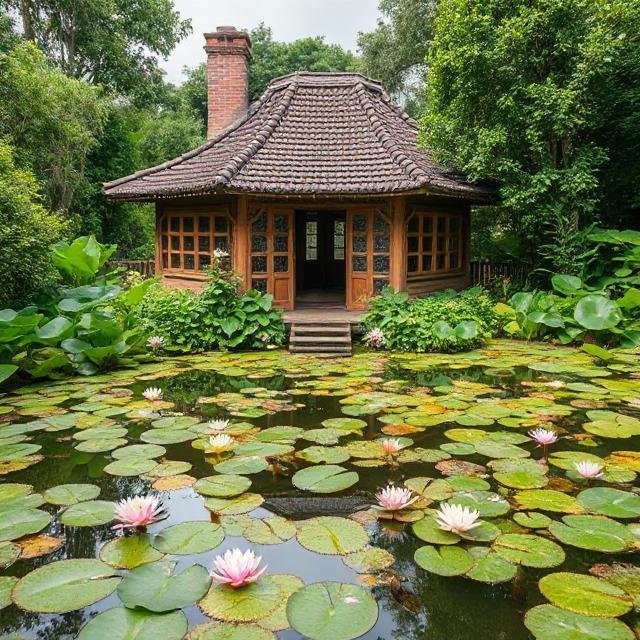
The Water Lily House was built in 1852 to house a vast variety of water lilies, named for Queen Victoria.
The best time to see water lilies is from July to October. During our visit, we only saw a few early-blooming lilies.
The Ice House & Princess of Wales Conservatory
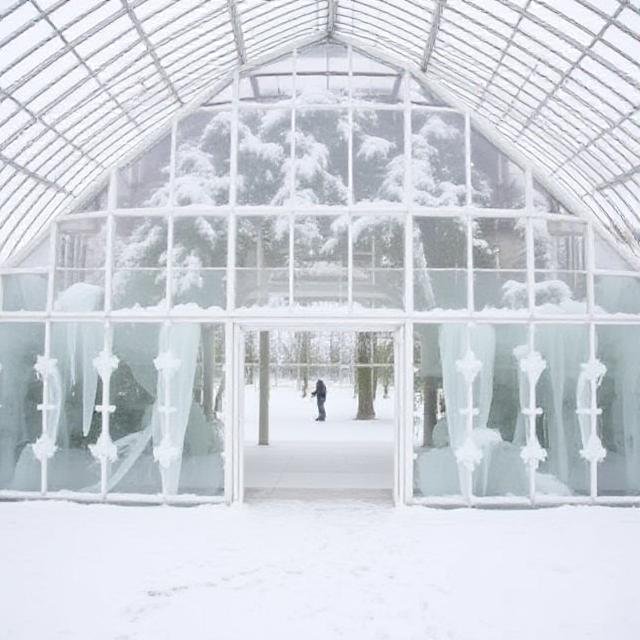
In the days before fridges, people had ice houses—well, wealthy people. These were where they dug cellars in the ground to store cold produce that stayed fresh throughout the year. This one dates back to the 1760s.
The Princess of Wales Conservatory was created in the 1980s and is mainly built underground to conserve energy. It houses plants from all over the world in 10 distinct zones.
The 10 climate zones are computer-controlled, and there’s lots to do. A whole zone is dedicated to carnivorous plants, and even some species new to science have been found at Kew.
Orchid Festival & Kew Palace
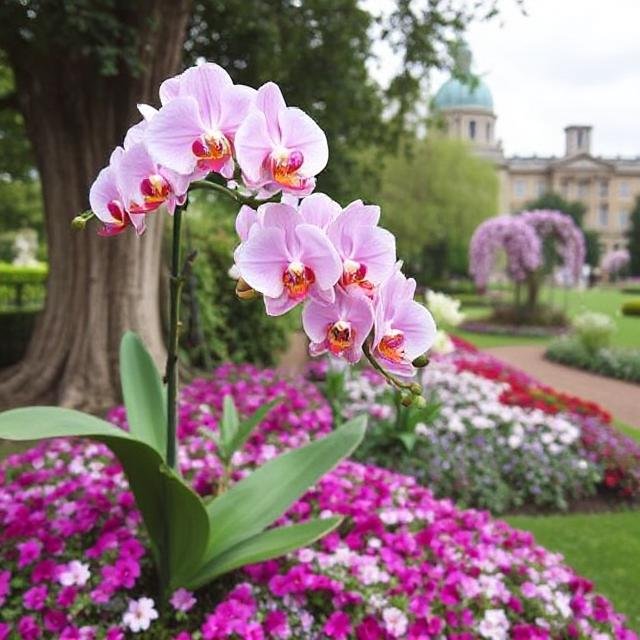
An annual orchid festival typically takes place at Kew in the early spring. Unfortunately, we were a bit late to visit this, but luckily, there is still an orchid section you can see and admire in the conservatory.
Kew Palace, which dates back to 1631 and is located within the grounds of Kew Gardens, is the smallest royal residence in the world.
Tips for Visiting Kew Gardens
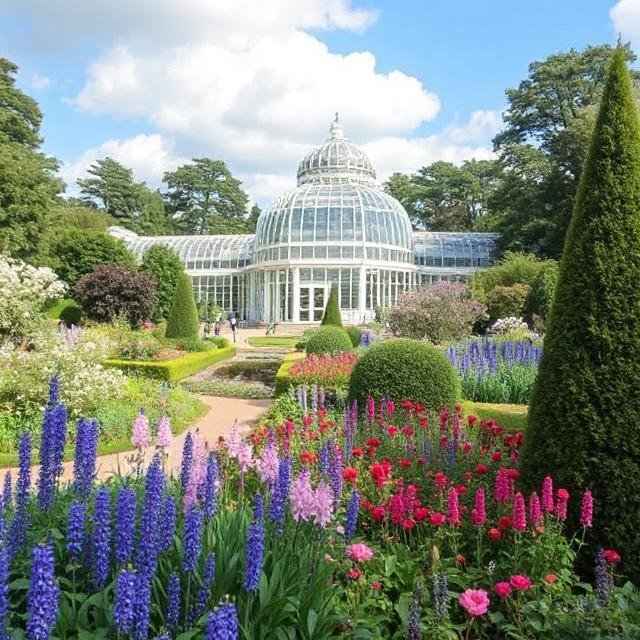
There are a few things to know before visiting the park. First, you’ll probably spend 3 to 4 hours here. As a result, you won’t want to visit during the day because things end up closing at five, even though the gardens are open until 6:00, 7, or 88, depending on the year you go.
You could easily spend a whole day here. The best time to visit Kew is undoubtedly in the late spring when you see all the cherry blossoms. Everything is starting to come into flower. The leaves are appearing on the trees. But autumn and summer are also great options.
Many options are available because you’ll probably be alone most of the day. However, I’d bring a picnic. It’s got some snacks. There are benches near the visitor centers. This woodland area is very calm and peaceful, perfect for a picnic.
Final Thoughts
Just as we were leaving, we discovered several areas of the garden that we hadn’t had time to. However, that’s a great excuse to return next time.
Thank you so much for reading. See you next time.
